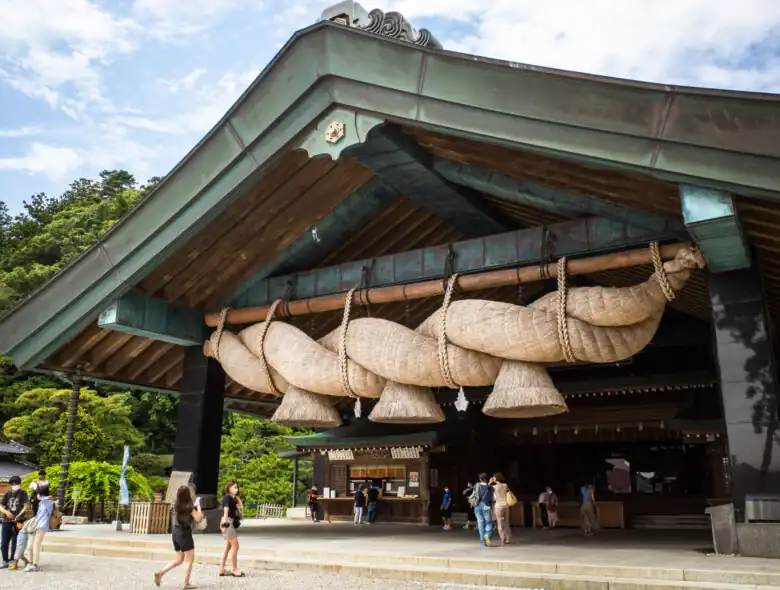Shimane prefecture is a mountainous, sparsely populated, coastal prefecture located in the Western part of Japan’s Honshu Island in the Chugoku region. As of February 2022, it’s Japan’s second least populated prefecture with a population of 665,205 individuals.
Shimane borders Yamaguchi prefecture to the southwest, Hiroshima prefecture to the south, and Tottori prefecture to the east. 8 cities make up the prefecture, with the smallest being Goku and the biggest being Matsue, which is also Shimane’s capital city.
Most of Shimane’s major cities, which include Hamada, Izumo, and Masuda, can be found on the seaside or along a river; and as of April 2012, 6% of Shimane’s total land area was designated as National Parks. Some well-known national parks include Daisen-Oki National Park, Hiba-Dogou-Taishaku National Park, and Nishi-Chugoku Sanchi National Park.
Although not as widely known or advertised as perhaps, the Kanto and Kansai regions, Shimane prefecture proves to be the perfect hidden gem for those interested in history, spirituality, and natural wonders, which this article will explore. To learn more about the area, visit Shimane prefecture’s official website here. Also, if peace and quiet are on your list of requirements and requests when looking for a place to rent, why not check out Village House, a real estate organization with over 1,000 properties across Japan’s 47 prefectures, including Shimane.
Adachi Museum of Art
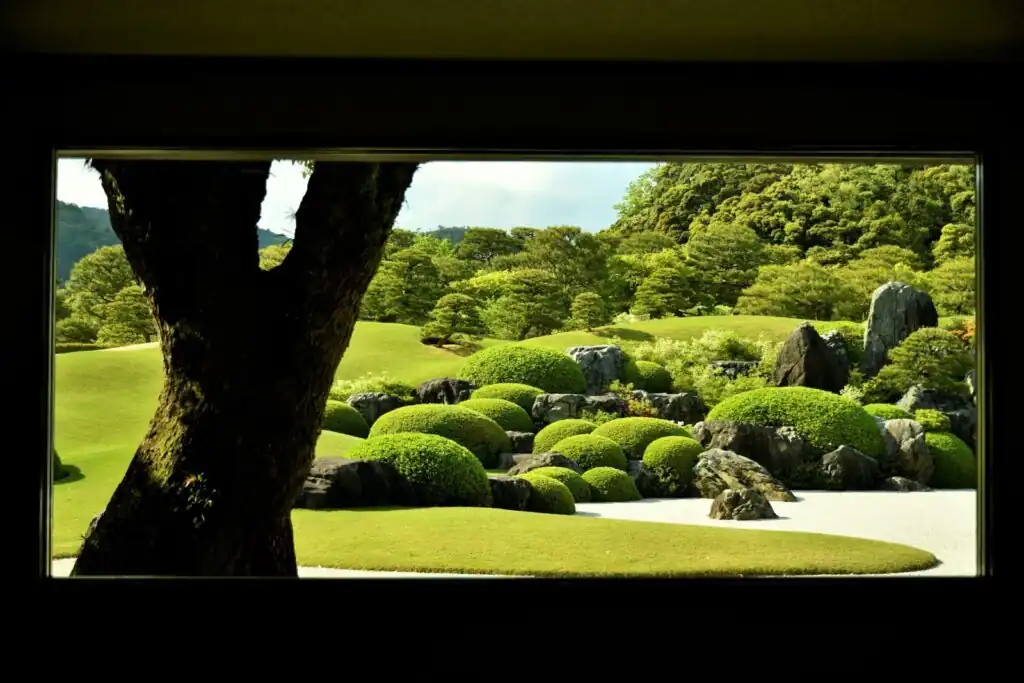
The Adachi Museum of Art was founded by locally born businessman, Adachi Zenko in November 1970, in Yasugi, Shimane, one hour outside of the capital city, Matsue. Adachi Zenko dreamed up this museum as a way to merge his passions for Japanese art and garden design.
Unsurprisingly, the museum is known for its award-winning garden and has been named “Best Garden in Japan” annually since 2003 by the “Journal of Japanese Gardening”.
Aside from its attractive garden, which can only be viewed from the museum building and is not accessible to the public, the museum houses an impressive collection of over 1,300 20th-century paintings and artwork that rotated seasonally. The museum also features a permanent exhibit of paintings by a major figure in pre-World War II Japanese paintings, Yokoyama Taikan, who is famed for helping establish the Japanese painting technique of Nihonga.
Admission to the Adachi Museum of Art is as follows (though the price is to be revised in April 2025):
- ¥2,300 for adults
- ¥1,800 for university students
- ¥1,000 for high school students
- ¥500 for elementary and junior high school students
International visitors to the museum will receive a ¥300 discount upon showing their passport at the time of purchasing a ticket. More information can be found on its official website.
The museum is open from 9 am to 5.30 pm during the summer months, and 9 am to 5 pm during the winter months. To get to the museum, visitors can take a train from Matsue Station to Yasugi Station, which costs ¥420 one way and takes around 20 minutes. You can plan your journey on the Japan Railways Website. Those with a car will be happy to note that the museum offers free parking.
Izumo Taisha Shrine
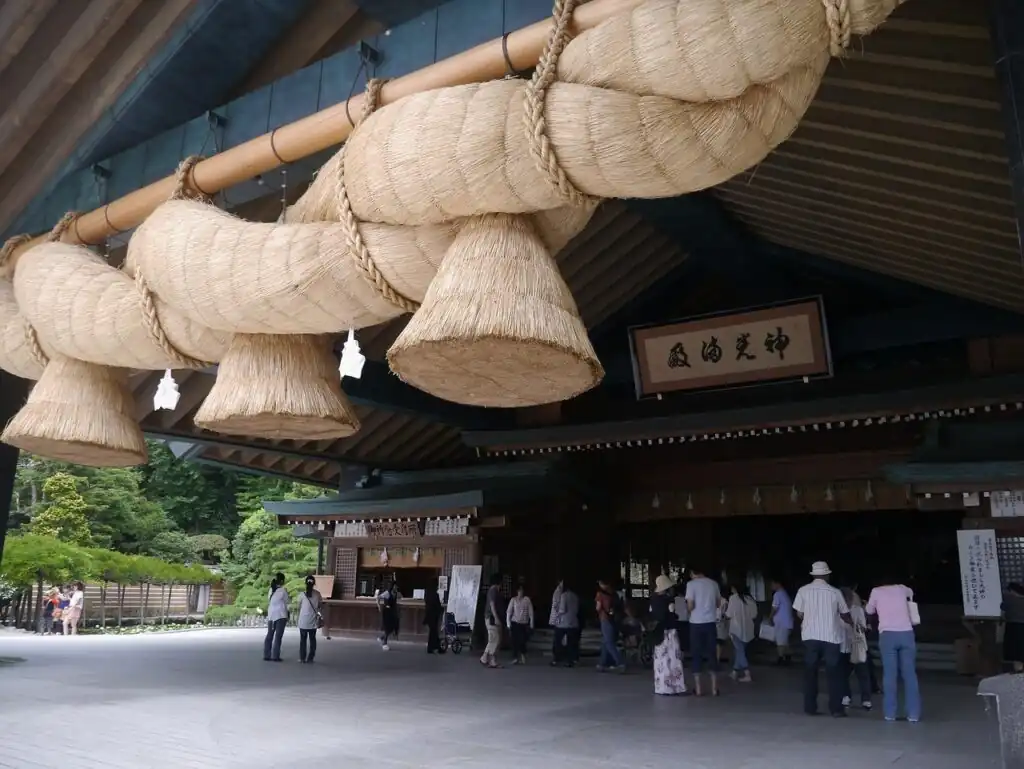
Izumo Taisha Shrine, formerly known as Izumo Oyashiro Shrine, is considered to be one of Japan’s most important shrines and sees millions of visitors per year. The main deity, Okuninushi no Kami is associated with national building and en-musubi, which roughly translates to “tying of bonds between people”.
Also referred to as “Great Lord of the Land”, Okuninushi no Kami is the deity that acts as the protector of connections between people, whether it be connections between people at work, home, school, or in the community. The shrine attracts numerous visitors annually looking for Okuninushi no Kami’s blessing in their relationships as well as those curious to learn about the shrine’s long, complex, and slightly mysterious history.
Izumo Taisha Shrine’s exact date of construction remained uncertain and contested but it can be agreed upon that it is possibly one of Japan’s oldest shrines as it’s mentioned in several early 8th-century texts. Mentions of the shrine can be found in some of Japan’s oldest manuscripts including Kojiki “Record of Ancient Matters”, Nihon Shoki “Chronicle of Japan”, and Izumo no Koni Fudoki “Gazetteer of Izumo Province”.
Aside from being one of Japan’s most important shrines, it also holds the honor of being the tallest shrine building in Japan with its main hall – hoden – standing at 24 meters tall.
The shrine is open all year round with no closing days and entrance is free except for the Treasure Hall which has an admission price of ¥300.
Those interested in paying homage to the shrine and its deity can hop on a bus from JR Izumo City bound for Izumo Taisha Shrine/Hinomisaki from Bus Stop 1. Alight at Seimon-mae Bus Stop. Alternatively, you can take the Ichibata Electric Train for Matsue Shinjiko Onsen and change Kwato Sation for a train bound for Izumo Taisha-mae Station. From Izumo Taisha-mae Station, it’s a 7-minute walk to the shrine. For more information, visit the shrine’s official website.
Matsue Castle
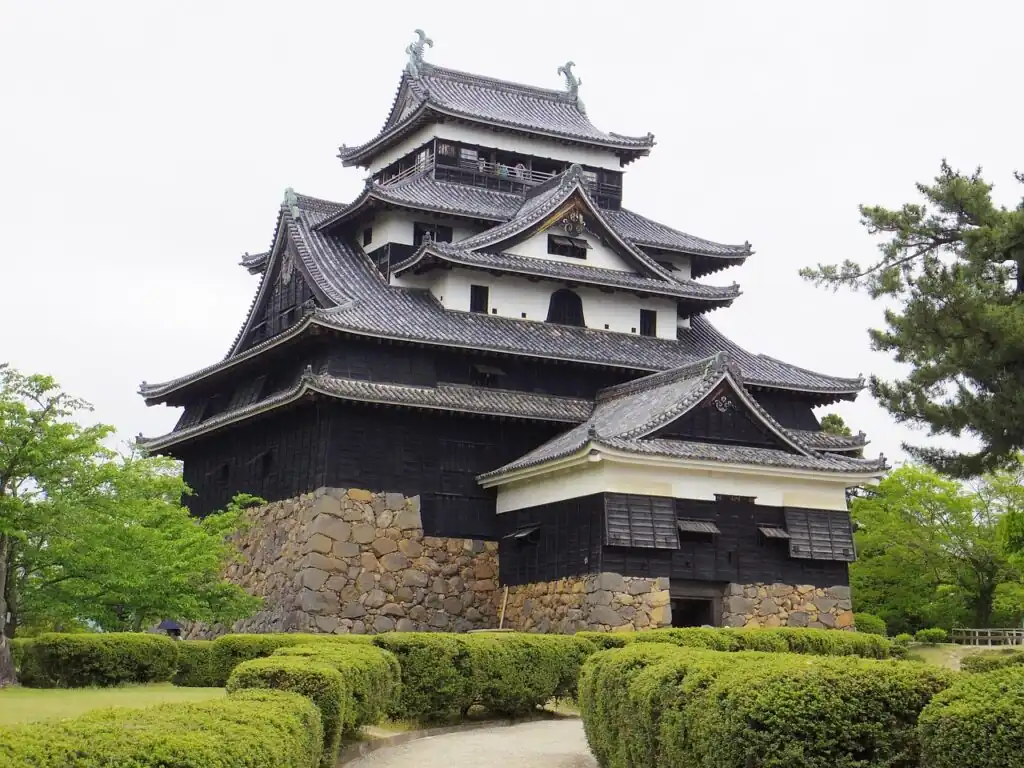
One of the 12 original castles left in Japan, Matsue Castle is a mere 30-minute walk from JR Matsue Station. Nicknamed “Black Castle” for its dark and austere exterior, Matsue Castle is one of the 12 castles in Japan to have its main tower survive unscathed from earthquakes, fires, and anti-feudal demolitions of the Meiji Period, and has been designated as a national treasure since July 9th, 2015.
The castle was commissioned by the first daimyo of the Matsue Domain, Horio Yoshiharu during the early Edo Period of 1607, and was completed five years later in 1611. Standing on the shores of Shimane prefecture’s gorgeous Lake Shinji, Matsue Castle has been awarded the honor of being one of Japan’s “Three Great Lake Castles”.
The castle is open from 8.30 am to 6.30 pm, though in winter, it closes at 5 pm. Visitors to the castle have to fork out an entrance fee of ¥680 which will be revised to ¥800 in April 2025. Individuals with a valid student ID pay the discounted price of ¥290, which will also be revised to ¥400. More information on admission prices can be found on Matsue Castle’s ticket-purchasing website.
Aside from the castle, visitors can enjoy a riverboat cruise around the castle moat. Tickets for this cost ¥1,600. More information on this and the castle can be found here.
Yuushien Gardens
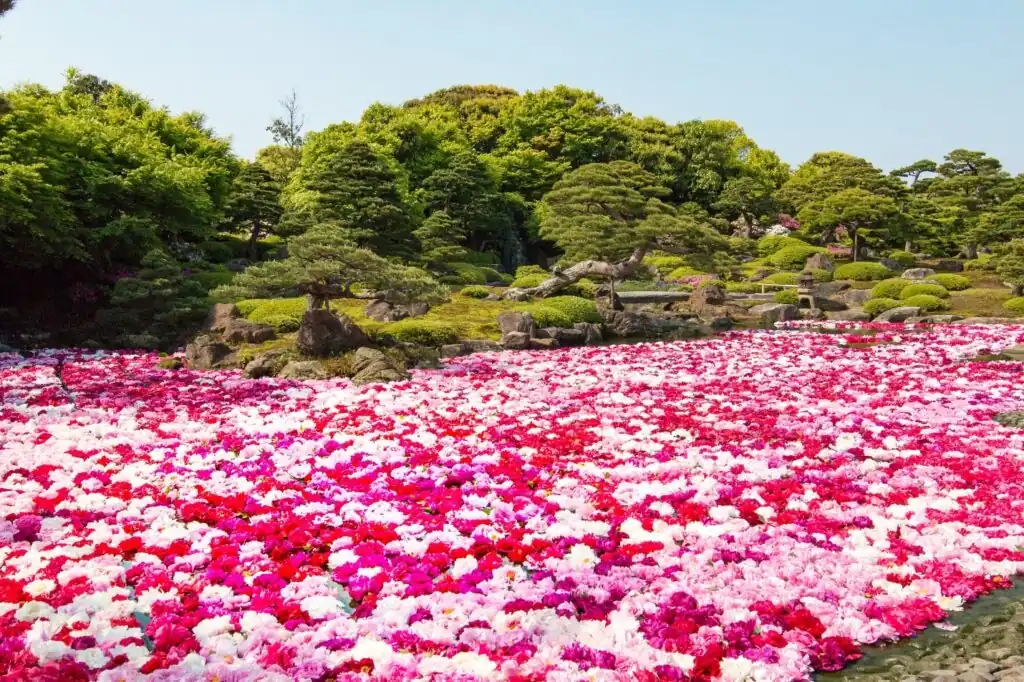
Yuushien Gardens is a Japanese circuit-style garden landscaped with trees, paving stones, waterfalls, and low three-legged stone lanterns. One of the garden’s main attractions is its display of 250 types of Japanese peonies in full bloom but there is also a rotation of different flowers depending on the season:
- Visitors in spring can view azaleas, Japanese peonies, and Satsuki azaleas
- Visitors in summer can walk among sweet flags, hydrangeas, and water lilies
- Visitors in autumn can take in the bursts of color from autumn leaves and admire sasanquas
- Visitors in winter can be wowed by winter peonies, coral bushes, and winter irises
The garden also holds its annual Peony Festival from April to May along with illumination displays throughout the year, though they are especially prominent and breathtaking in winter.
Established as a private garden in 1975, Yuushien Gardens covers 40,000 square meters and is located on Daikonshima Island, which is connected to the mainland by a bridge. The gardens can be reached every 1 to 2 hours by Matsue City Bus, No. 70 from Matsue Station. The journey takes approximately 50 minutes and costs, at the time of writing, ¥700 for a one-way ticket. For more information, visit the gardens’ official website.
The gardens are open from 10 am to 5 pm and there is an admission fee that can cost anywhere from ¥800 to ¥1,400 depending on what time of the year you decide to visit.
Yaegaki Shrine
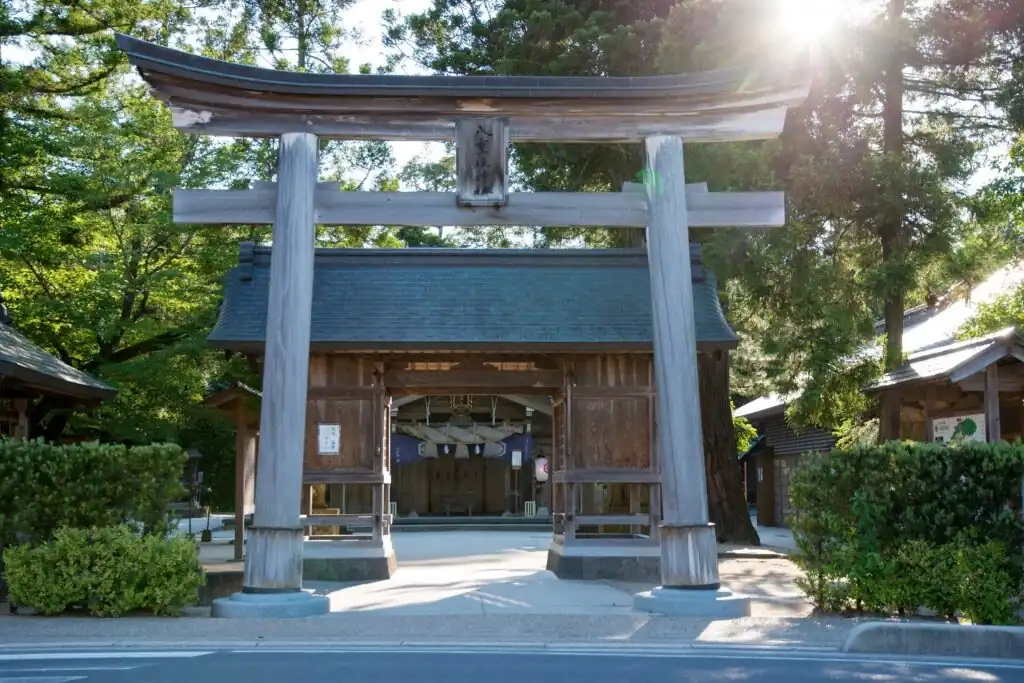
Yaegaki Shrine is a Shinto shrine located in Matsue. Formerly known as Sakusa Shrine, it houses the gods Susanoo and Princess Kushinada-hime. The shrine is dedicated to marriage and matchmaking and sees many visitors paying homage to it to pray for a suitable marriage partner, good and lasting marital relations, a healthy pregnancy, and smooth child-bearing procedures.
One of the shrine’s attractions is the Mirror Pond where visitors go to place a piece of paper on the pond’s surface along with a diving coin on top of it. The amount of time the coin stays afloat on the paper is supposedly an indicator of the fate of one’s relationship or marriage.
Another one of the shrine’s attractions is what is argued to be the oldest shrine wall mural in Japan. The mural presents an ancient depiction of the enshrined Princess Inata that is painted on Japanese Cypress.
Access to Yaegaki Shrine is free though there is a ¥200 entrance fee for those wanting to visit the Treasure Hall. Opening hours are from 9 am to 5 pm and visitors can reach Yaegaki Shrine by a 20-minute bus ride from JR Matsue Station. More information on the shrine can be found on its official website, which is in Japanese only but Google Translate should be able to help you out if needed.
Related articles:
- Exploring Kagawa – Japan’s Quiet Paradise of Art and Culture
- Your Guide to Fukui Prefecture: 5 Must-See Travel Destinations
- Your Guide to Fukui Prefecture Part 2: Even More Must-See Destinations
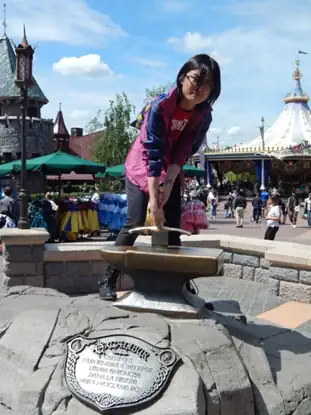
Freelance writer with over 2 years of experience writing for the Village House Blog, ESL teacher, and digital nomad who has lived in countries including The Czech Republic, The UK, The U.A.E., Japan, and most recently, Georgia. Is constantly on the hunt for the best, most optimal apartment for remote work when not enjoying going to film festivals, concerts, and the theater.


